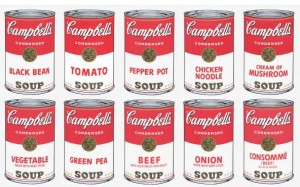Scott Monty, keep running those fingers.
I dig Scott Monty, yet I don’t really know him. Well I know him in a half-duplex sort of way. I’ve seen him on YouTube. He came out of the ad business, he’d contributed to Ford’s turnaround – a brand I’ve railed about and at different points lauded, and he has really done stuff — not just talked about stuff. He got Ford CEO Alan Mulally not only to recognize the power of social, but to fund and personally participate in it.
Mr. Monty’s first blog post, near as I can tell, was in Sept of 2006. He’s very prolific – running his fingers, if you will. Mr. Monty posts a lot and shares a lot. His blog also contains what might be a new feature — I’m not sure – called “This Week in Social Media,” which is something a number of media socialist do. Readers of WhatsTheIdea? know I refer to this as “Pasting.” Pasting other peoples’ links. Pasters who do so while providing analysis are moving the ball ahead. Much love. Pasters who simply aggregate OPC (other peoples’ content) are moving laterally. Most Pasters enjoy routing topics with numbers in them, e.g., “7 critical rules”, or “5 habits of…”
Mr. Monty is no Paster, he’s a Poster. He loves original content and has built businesses and his personal brand providing original ideas and content. We loves us some Posters. Stay original Mr. Monty. Peace







